Date: 29 September 2015
The current trend towards curved building shapes will result in more buildings that incorporate curved glass. Traditionally, a straight line or flat plane has been the default geometrical solution for many building enclosure designs, particularly since the advent of industrial production of buildings and construction materials.
Some driven by aesthetics, but others predominantly driven by economics, most architects and builders in developed counties have gravitated towards an architecture that favors 90 degree corners and a more “boxy” building shape. However, with the adoption of computer technology in construction and the availability of new construction material fabrication, complex geometry has become more common. This is similar to the evolution of product design with familiar products, such as the windows of a car, once flat and now curved, or grandma’s round and flat reading glasses of yesteryear, now in adventurous 3 dimensional shapes.
Curved geometry in modern architecture
Skidmore, Owings & Merrill (SOM), the design architect of 252 East 57th Street, together with World Wide Group New York, the owner, developed a building design that utilizes new glass fabrication technologies available for this residential 65-story tower in Midtown Manhattan.
.jpg)
Since the beginning of time, humans have been inspired by the curved forms found in nature. The current trend towards curved building shapes will result in more buildings that incorporate curved glass. Traditionally, a straight line or flat plane has been the default geometrical solution for many building enclosure designs, particularly since the advent of industrial production of buildings and construction materials.
Some driven by aesthetics, but others predominantly driven by economics, most architects and builders in developed counties have gravitated towards an architecture that favors 90 degree corners and a more “boxy” building shape. However, with the adoption of computer technology in construction and the availability of new construction material fabrication, complex geometry has become more common. This is similar to the evolution of product design with familiar products, such as the windows of a car, once flat and now curved, or grandma’s round and flat reading glasses of yesteryear, now in adventurous 3 dimensional shapes.
Curved geometry in modern architecture
Skidmore, Owings & Merrill (SOM), the design architect of 252 East 57th Street, together with World Wide Group New York, the owner, developed a building design that utilizes new glass fabrication technologies available for this residential 65-story tower in Midtown Manhattan.
.jpg)
The curved glass provides a wonderful aesthetic for residents of the building, and also distinguishes the building architecturally from its surrounding neighbors, adding to the genius loci. The qualities generated by the use of curved glass are also helping marketing and branding purposes; they can be seen as a value added that is not necessarily tangible in numbers but in a “wow factor.”
.jpg)
Challenge or an opportunity?
The economic challenges of using curved geometries in construction still exist. Most often, it is the architect’s challenge to find the right aesthetic and economic balance between flat glass and the more cost intensive curved glass while maintaining the architectural intent. On 252 East 57th Street, the design team settled for a ratio of about 85/15 (flat/curved), which is the optimal mix to make a strong statement on the façade at an appropriate cost.
Besides economic considerations, other challenges exist when hot bent curved glass is being considered for architectural application. Energy conservation codes usually require performance enhancing coatings applied to glass being used in large scale enclosures. Not all coatings are rated for the stress of the bending process that often happens after the coating has been applied to the glass. Even coatings that are approved for bent glass application and warranted by the coater may have limitations in the use of very tight radii and the surface of the glass to which they can be applied.
The designer is well advised to discuss the glass make-up and geometry with all parties as soon as possible during the design process. When a mix of flat and curved glass is used in a building design with an intended match of appearance, matching the glass make-up of the flat and curved glass can be an aesthetic challenge. During this matching exercise it is important that the curved glass is first established and then matched by the flat part as the latter typically has much less limitations.
Another technical challenge with using hot bent curved glass in architectural applications is the need for heat treated glass for strength purposes. It must be established very early on if heat treated glass is required, as it may limit the available shape, maximum radius, and maximum size of glass units that the designer can work with to generate the overall building enclosure.
As an example, the use of shadow box designs in curtain wall fabrications usually requires the use of heat treated glass, therefore imposing immediate limitations.
In general, heat treated glass also has a potential to have visual deficiencies like roller marks and quenchmarks. When used in curved glass application, these deficiencies are prone to be more visible and its acceptability has to be verified with the owner in full scale mock-ups as early as possible in the design process. Below you can see a pictures of the mock-up model used by the design team.
.jpg)
Mock-up owner verification is also advised for general curved glass geometry and its optical effects particularly when used with higher reflecting coatings. In residential projects, nighttime interior reflections can be unattractive and effects have to be studied.
All of the above described challenges were met by the design team on 252 E57th Street by following rigorous procedures and building multiple visual mock-ups for aesthetic verification of all glass and geometry. The fruits of these efforts on the project are a consistent glass appearance throughout the entire façade, zero quenchmarks in the condo residences curved glass vision area and attractive reflections during the night.
.jpg)
.jpg)
Conclusion
Hot bent curved glass is a beautiful material to be used on modern buildings. Its use will increase in the coming years as building shapes become more and more adventurous even in the mainstream. Its use has technical and aesthetic complexities that can be dealt with if addressed in a timely manner during the design process. The use of full scale mock-ups and intimate involvement of the owner is required to sync expectations. With 252 East 57th Street, the design team balanced aesthetic and cost to create the optimal mix of flat and curved glass, thereby maximizing the magnificent view corridors of the Manhattan skyline.
The post was written by a guest blogger, Christopher Timm from SOM.

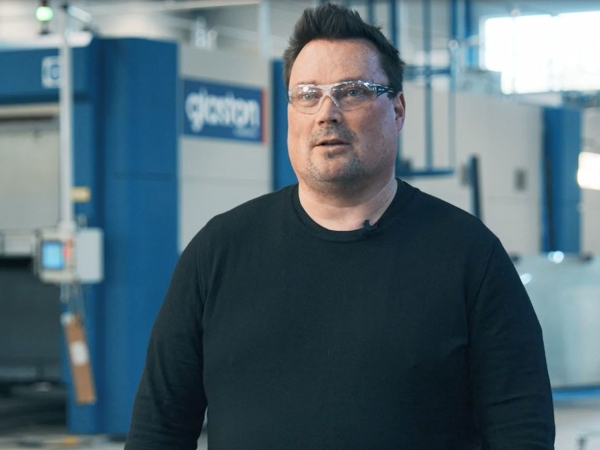


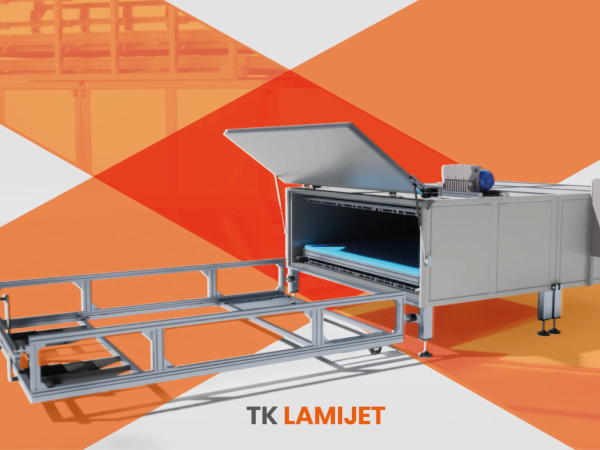
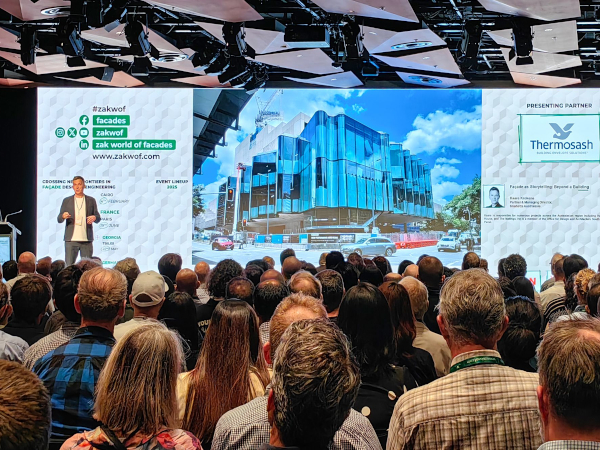
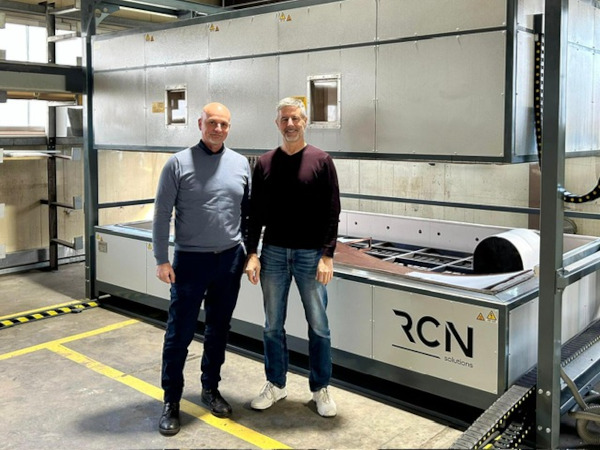


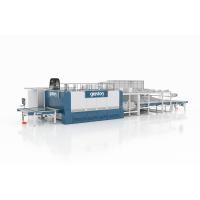
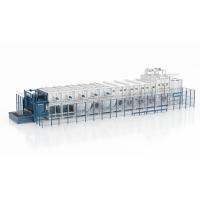



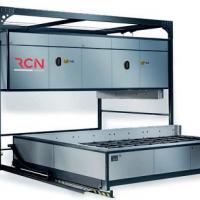
Add new comment